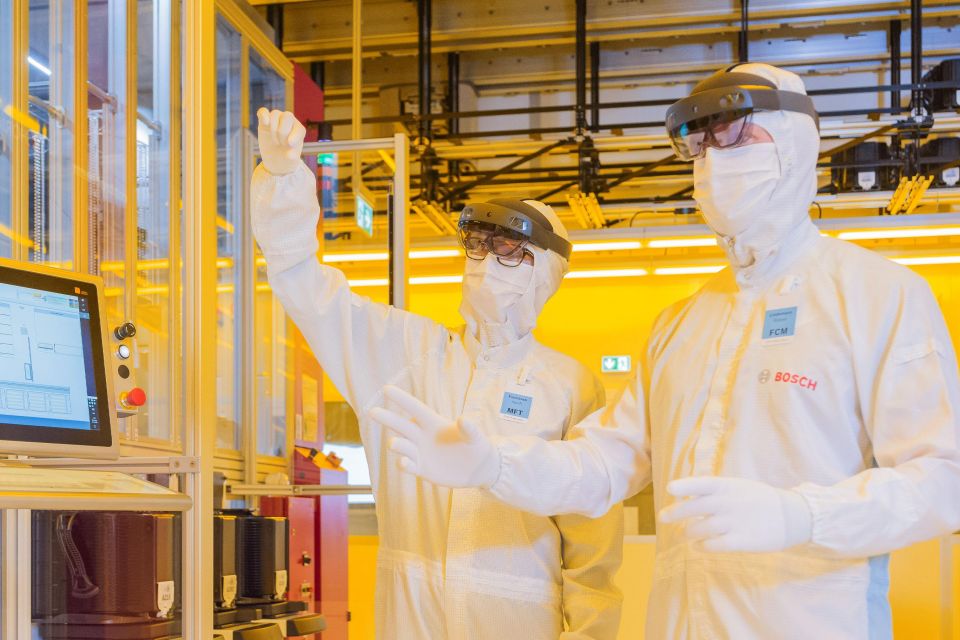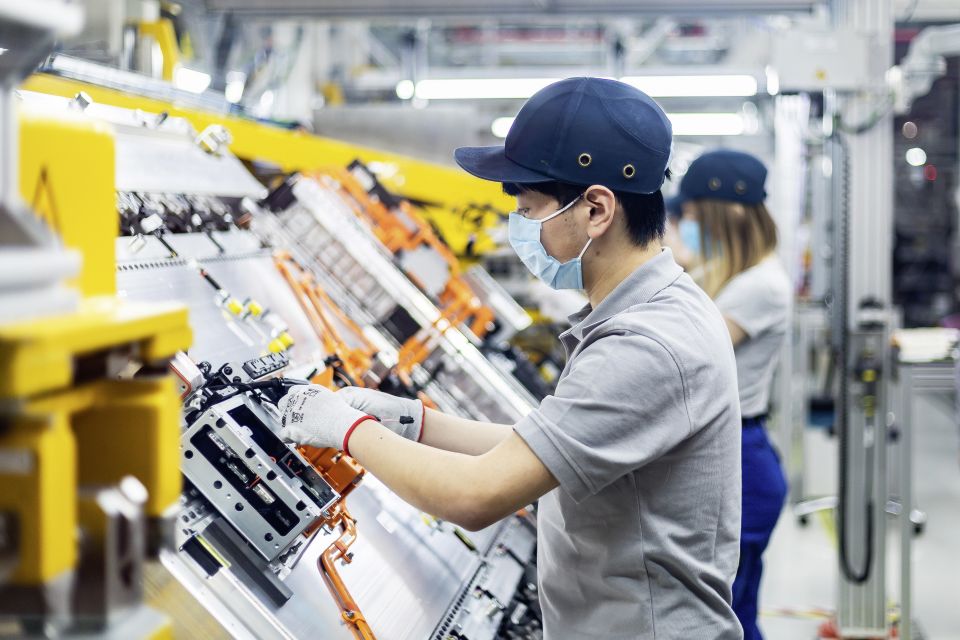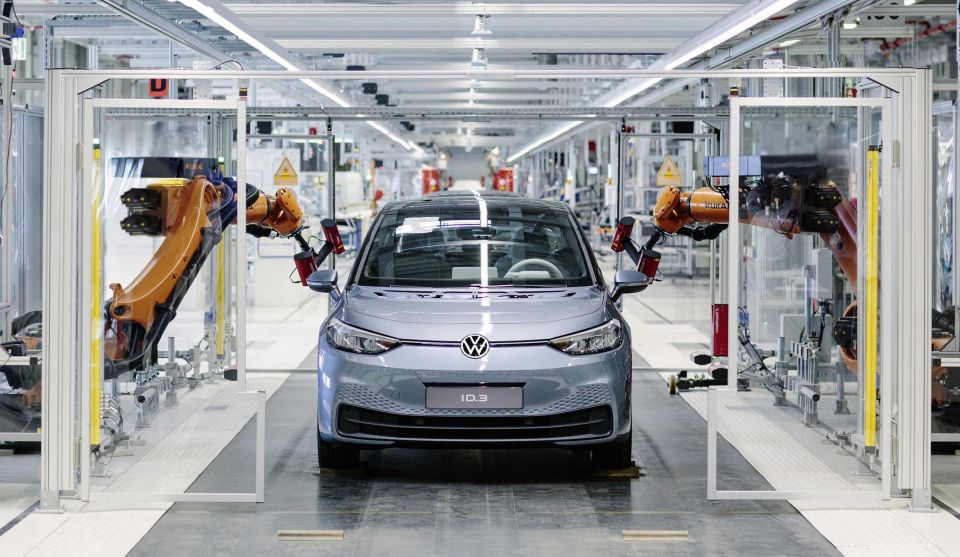

Anthony Crawford
1990 Lamborghini Countach review
5 Days Ago
The chip crunch that's to blame for so many stock delays is expected to cost automakers nearly $300 billion in lost revenue around the world this year.

Senior Contributor


Senior Contributor
Research by consultancy firm AlixPartners has demonstrated the colossal scale of the semiconductor shortage that’s largely responsible for the long customer waiting lists we’re seeing across the car industry.
And industry research firm IHSMarkit doesn’t expect supply to get to where it needs to be to meet demand until 2023, which if true will have serious repercussions for Australia’s car brands, dealers and buyers crying out for stock.
According to new data supplied by AlixPartners, the total hit to revenue across the world’s automakers attributable to a lack of chips just for 2021 is around $210 billion US (about $290b AUD).
The firm also predicted 2021’s total new-vehicle output would decline by around 7.7 million vehicles, double the previous estimate. This is because car makers of all stripes are slowing or shuttering production.

MORE: Used car prices increase again, ute prices down
As summarised by Bloomberg, “despite ongoing efforts to shore up the supply chain, semiconductor availability has worsened as automakers exhaust stockpiles and other industries have no more to spare”.
The worldwide chip or semiconductor crunch is affecting various complex industries, and with cars now bristling with active safety features and swish touchscreens they’re particularly affected.
The reasons for the crunch are numerous, but in essence it’s huge demand for gadgets and ginormous supply-side disasters on the tiny gizmos that allow them to work. It’s a supply chain failure of epic scale.

Demand for appliances spiked in COVID meaning chips were re-allocated to where demand lay, especially since car-makers cut back outputs early in the pandemic. This had trickle-on affects given lead times, and reportedly led to stockpiling.
Then you had a blizzard shutter a Texas chip maker, a Japanese plant fire, and continual plant closures or slow-downs due to COVID Delta outbreaks, notably across hubs in Asia. It also takes some time to scale up production and make more factories.
“The barrel is empty, there’s nothing left to scrape,” said AlixPartners managing director of automotive and industrial practice Dan Hearsch, quoted in Bloomberg.
“Going forward, sales will suffer. Sales hadn’t suffered because there was enough inventory to draw from. It’s not there anymore.

“… It certainly feels like the most protracted supply shortage the industry has seen because it’s not over. It’s certainly the most far-reaching. This is every place. This is everybody,” he added.
For a second opinion, just last week automotive research firm IHS Markit slashed its global light vehicle production forecast by 5.02 million units for 2021, 8.45 million units in 2022, and by 1.05 million units in 2023.
The firm called it “the largest single adjustment to the outlook in what has been a turbulent past nine months”.
“If the first half of the year was defined by front end issues disrupting automotive MCUs (microcontrollers), then the second half of the year and the coming months is increasingly defined by back-end issues affecting all semiconductor applications and not just automotive,” IHS Markit added.

“This wider disruption beyond automotive is contributing to the reduced expectations for both 2021 and 2022, signalling that even without further external shocks, levels of capacity dedicated to automotive will remain below those required to meet ongoing demand and well below what would be required to allow stock levels to be rebuilt.
“Ongoing imbalances between supply and demand of semiconductors are now expected.”
MORE: What cars can you buy right now? Stock level check MORE: Bosch increasing chip manufacturing with new factory MORE: US Government pushes to improve semiconductor supply MORE: How Jaguar Land Rover is dealing with semiconductor shortage MORE: Rising Chinese brands free from stock shortages MORE: Volkswagen stock shortage web page goes live MORE: Toyota confirms huge September, October production cuts


Anthony Crawford
5 Days Ago


Matt Campbell
4 Days Ago


James Wong
3 Days Ago


Max Davies
2 Days Ago


Josh Nevett
1 Day Ago


William Stopford
17 Hours Ago